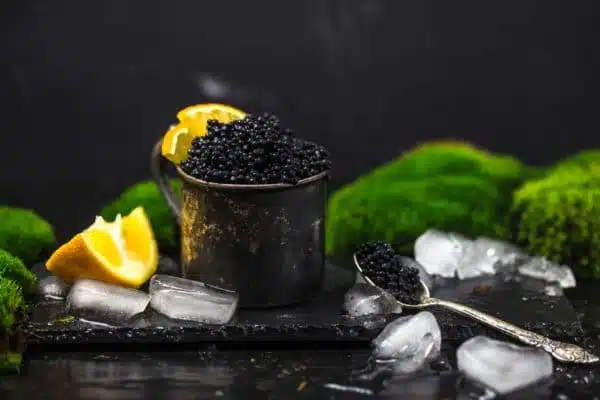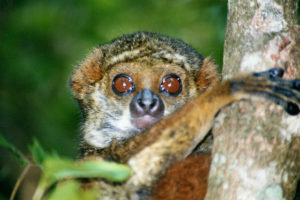It cannot be repeated enough, but Madagascar has unlimited potential for economic development!

The majority of people and leaders seem to be living on a different planet, but lucid people are doing the right thing!
The country will never cease to marvel at its wealth and the opportunities it offers. After Malagasy oil, today Malagasy caviar!
Yes, the future is bright for Madagascar and its caviar production. Stay tuned for more exciting developments in this emerging market!
Caviar is also produced here!
Acipenser: The first sturgeon farm in the Indian Ocean
A crazy project… but very reasonable!
Of course, there are no sturgeon species in Madagascar, as the Acipenser genus is native to Europe, Asia, and North America.
However, it is possible to reproduce the living conditions of these freshwater fish in Malagasy waters.

However, it requires a significant financial investment and a lot of patience, as sturgeons only reproduce every 5 years. Reproducing for years, some species can live up to 15 years.
This brown-gray or gray-black fish with a long tail is highly valued for its roe, which is processed into caviar.
Nase is a safe bet, producing caviar grains with an average diameter of 2.4 mm. The color ranges from brown to black or anthracite gray. Maximum size: 2 m.
Russian Sturgeon (Acipenser gueldenstaedtii)
The Russian Sturgeon, known as Diamond Sturgeon, has a green-gray or blue-black body with white star-shaped ridges. The caviar, also called Osetra or Ossetra caviar, has a dark, amber color tending towards gold and is at least 2.8 mm in size.
Huso Huso (Beluga)
The Beluga Sturgeon (huso huso) native to the Caspian and Black Seas is the largest and fattest of all sturgeons.
The Beluga sturgeon, also known as the European Beluga or Great Sturgeon, produces large pearl gray caviar eggs (3.2 to 3.5 mm) with a buttery taste that lingers in the mouth. However, its maturation process is very slow due to its longevity, taking 18 years to reach maturity and living over 100 years.
Huso huso, commonly known as Beluga, Great Sturgeon, or European Beluga, is a species of sturgeon from the family Acipenseridae. It is the largest freshwater fish, reaching sizes of up to 7.2 m and weighing 1,571 kg.
Due to its valuable eggs, Beluga caviar, the Beluga sturgeon is a highly sought-after fish. However, overfishing, poaching, and their late maturity (18 years) make them endangered species.
Acipenser persicus is a highly demanding species that is difficult to breed, but produces a particularly high-quality caviar with a unique taste. Only a few producers are able to raise this sturgeon, which has a body length of 1.5 to 2 m and weighs between 80 and 150 kg.
Acipenser Nudiventris, native to the Danube, is an innovative species in caviar production, reflecting Acipenser’s desire to stand out through the originality of its products. Its long lifespan has led to it being classified as a critically endangered species by the International Union for Conservation of Nature.
The fish has a gray-blue body.







